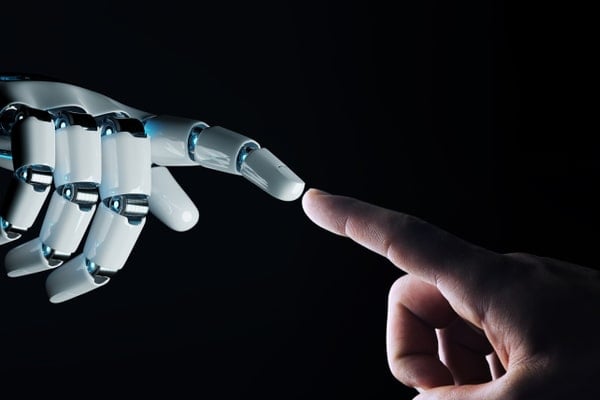
Sensor-Enabled Device for Measuring Vibrations
A proof-of-concept implementation of a vibration measuring solution
The client wanted to add a brand-new vibration-measuring solution to their portfolio. The IoT-based product would analyze equipment vibrations to detect malfunctions early on.
Project Information
Fixed Price
Scrum
iOS Developer
QA Engineer
UX/UI Designer
Firmware Engineer
Project Manager
Problem
The client had a clear vision of the solution as a vibration sensor device using BLE to retrieve data from sensors.
The system had to be integrated into a custom-built communication infrastructure. The company turned to Softeq to conduct a proof of concept (PoC) and check the feasibility of their idea.
Solution

The solution delivered by the Softeq IIoT development team features a Carrier Vibration Sensor (CveVT5) equipped with low-power, three-axis accelerometers, which have 12-bit resolution. Their high bandwidth and high sensitivity characteristics allow end-users to capture highly accurate data and predict the wear of machine parts and tools.
The CveVT5 device operates in one of three modes:
- Sleep (i.e., energy-saving mode)
- Advertising
- Connected
As long-term functioning was one of the client’s key requirements, our engineers managed to achieve a 12-month battery life in the Sleep mode with occasional activity, and one-month non-stop functioning.
Sensor-to-device data transfer is based on the BLE communication standard. The communication protocol has been specified and customized by the Softeq team.
The captured measurements are transferred to a host device via the BLE interface. For the device hardware part, our engineers chose ConnectBlue’s OLP425 evaluation board, which natively supports low-energy BLE connectivity.
For a full-scale demonstration of the API’s capabilities, we developed a sample iOS app.
The project has been delivered with the key solution parameters:
- Sampling Speed — 110%
- High data buffering capacity — 100% (all RAM on CPU)
- Long battery life — 100%
Seeking to Optimize Connected Device Communication?
See if our specialized skills in embedded connectivity and Bluetooth development are the right fit for your project Learn more
Result
After testing the PoC solution, the client saw a huge commercial potential in the product and its capacity to assess the wear of machine components in an accurate and cost-efficient way. Currently, the customer is in the process of developing a commercial product based on the PoC.
Softeq is still engaged in the project and stays responsible for minor firmware updates. Our experts also help with cost estimation for PCB fabrication.
Related Cases





